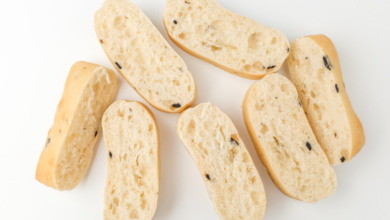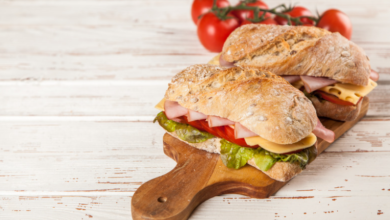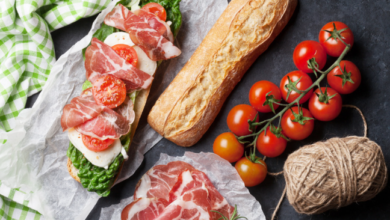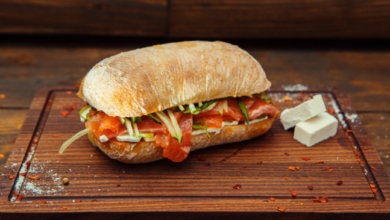Ciabatta Vs. Turkish Bread: Here’s What We Think
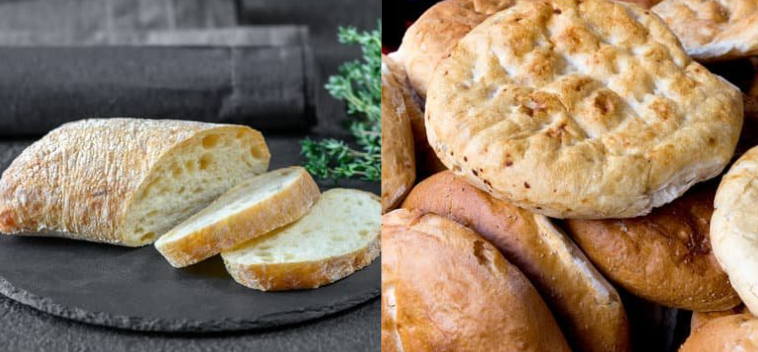
What To Know
- It was a response to the popularity of French baguettes, with bakers seeking to create a bread with a more rustic and open crumb.
- If you prefer a bread with a soft and chewy texture, Turkish bread is a great option.
- If you’re looking for a bread with a crispy crust and open crumb, ciabatta is a fantastic choice.
In the world of bread, ciabatta and Turkish bread stand as two distinct yet equally beloved choices. Both boasting unique textures, flavors, and uses, these breads have become staples in kitchens around the globe. This blog post delves into the fascinating comparison of ciabatta vs Turkish bread, exploring their origins, characteristics, and culinary applications.
Origins and History
Ciabatta
Ciabatta, meaning “slipper” in Italian, originated in the Veneto region of Italy in the 1980s. It was a response to the popularity of French baguettes, with bakers seeking to create a bread with a more rustic and open crumb.
Turkish Bread
Turkish bread, also known as pide, has a long and rich history dating back to the Ottoman Empire. It is a flatbread traditionally baked in a saç, a domed metal pan. Turkish bread holds cultural and religious significance, often served during special occasions and festivities.
Characteristics
Appearance
- Ciabatta: Characterized by its large, irregular holes and a slightly flattened shape.
- Turkish Bread: Typically round or oval, with a thin, crispy crust and a chewy interior.
Texture
- Ciabatta: Open and airy crumb with a crispy crust.
- Turkish Bread: Soft and chewy center with a slightly crunchy exterior.
Flavor
- Ciabatta: Mild and slightly tangy, with a subtle sourdough flavor.
- Turkish Bread: Neutral and slightly salty, allowing it to pair well with various toppings.
Culinary Applications
Ciabatta
- Sandwiches: Ideal for hearty sandwiches with fillings like sliced meats, cheeses, and vegetables.
- Bruschetta: Topped with chopped tomatoes, garlic, and olive oil for a classic Italian appetizer.
- French Toast: Makes for a thick and fluffy French toast with a crispy exterior.
Turkish Bread
- Pide: Filled with minced meat, vegetables, or cheese and baked as a savory pie.
- Lahmacun: A thin, crispy flatbread topped with ground lamb, vegetables, and spices.
- Kebabs: Served alongside kebabs as a complement to the juicy meats.
Nutritional Value
Both ciabatta and Turkish bread provide carbohydrates, fiber, and essential minerals. However, Turkish bread tends to be lower in calories and fat content due to its thinner crust.
Which Bread to Choose?
The choice between ciabatta and Turkish bread ultimately depends on your personal preferences and intended use. If you prefer a bread with a soft and chewy texture, Turkish bread is a great option. If you’re looking for a bread with a crispy crust and open crumb, ciabatta is a fantastic choice.
The Bottom Line
Ciabatta and Turkish bread, two distinct yet equally delightful breads, offer a diverse range of culinary experiences. From hearty sandwiches to savory pies, their unique characteristics make them versatile additions to any kitchen. Whether you prefer the rustic charm of ciabatta or the cultural heritage of Turkish bread, there’s a loaf out there to satisfy your craving.
Quick Answers to Your FAQs
Q: Which bread has a higher calorie content?
A: Ciabatta tends to have a higher calorie content due to its thicker crust and larger size.
Q: Which bread is better for sandwiches?
A: Both ciabatta and Turkish bread can be used for sandwiches, but ciabatta’s open crumb makes it ideal for holding fillings.
Q: Can I make ciabatta or Turkish bread at home?
A: Yes, both breads can be made at home with a bit of time and effort. However, Turkish bread may be more challenging to make due to its thin and crispy texture.
